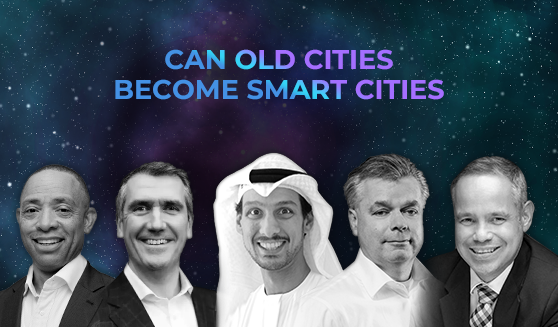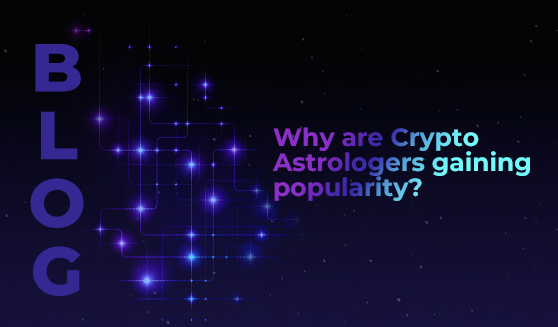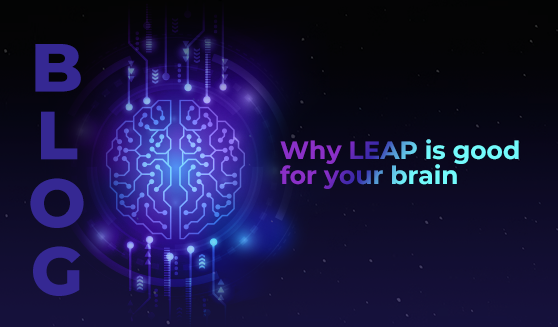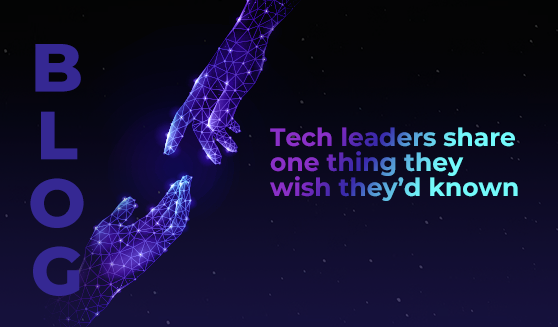
“Cities are built today around assets. They were built around buildings, around roads, around cars. And what we’re really seeing is the true cities of the future, the cognitive cities, that model has to be turned on its head. It’s got to be built around you, citizens. You, as a human; as a person. And that by definition requires us to have a completely new architecture that’s built around sharing information and frictionless flows so that we can ultimately create the experiences we desire.”
This was what Joseph Bradley (CEO at NEOM Tech & Digital Company) pointed out at #LEAP22 – and it struck us as something that’s both very obvious, and very complex. Yes, absolutely, the cities of the future should be built around the human experience. But while the NEOM smart city has the benefit of starting from scratch, other cities are transitioning much older architecture into a new, tech-enabled future – which means the pace of change will be slower, with plenty of bumps in the road.
Bradley was in conversation with a panel of other city makers: Aongus Hegarty (President of International Markets, Dell Technologies); Talal Al Kaissi (CEO at G42 Cloud); Jaap Zuiderveld (Vice President EMEA, NVIDIA); and Renato De Castro (Executive Director, RMA Advisory), who chaired the discussion. It was Al Kaissi who highlighted the challenges that older cities have. He pointed out that the way cities have been built means only incremental progress has been possible in many parts of the world – while a brand new smart city can skip all those incremental stages and jump right into the future.
The question Al Kaissi is trying to answer at G42 Cloud is how to enable that quantum leap into the future for all cities. “That’s where cloud infrastructure, the scalability of it,” will really come into its own, he said.
The goals of a smart city
To understand how to bring old – even historic – cities into the future, you first have to be clear on the goals of smart cities in general. What’s the point of them? What are the objectives that future-thinking city makers are trying to achieve?
- A frictionless user experience. All of the other objectives can fit under this umbrella in one way or another – it’s the big one. As Bradley put it, a smart city should “take the very simple things and remove friction and make them easy to execute,” and do that without making everyone feel like they’re constantly engaging with tech. It needs to feel smooth and easy.
This is already happening to a degree in many cities around the world. Zuiderveld noted, for example, that tech developed by NVIDIA and partners is probably already helping you with eight out of 10 of your day-to-day tasks.
Hegarty agreed: “Whether for an individual, a citizen or a business,” he said, “it’s very much focused now on the outcome. On the experiences.”
Smart cities aren’t about tech – they’re about people. (We’ve talked about this before actually, here).
- Access. According to Hegarty, there’s “a big focus on access to healthcare,” which has been accelerated by the COVID-19 pandemic. But access in general is a key objective of smart cities: access to education, to services, to employment, to efficient and sustainable transport.
- Safety. This applies both to physical safety on city streets, and to cybersecurity. As smart cities rely more and more on citizen data, that data must be effectively protected – otherwise people won’t be willing to share it. And if people don’t share their data, cities won’t get smarter. A 2019 study published in the International Journal of Electrical and Computer Engineering highlighted privacy as a key emerging concern in the development of smart cities, and city makers have to integrate those concerns into their future plans.
- Sustainability. Along with improving the immediate experience for every citizen, smart cities can improve the long-term experience (both physically and emotionally) by using tech, including IoTs and AI, to drive sustainability.
One study published in 2022 evaluated the long-term sustainability performance of 35 European smart cities between 2015 and 2020. It found that at present, the sustainability efficiencies of smart cities are often overestimated – so there’s a lot more work to be done.
How can old cities become smart?
Firstly, real time is no longer enough. “All the technologies today have been focused on ‘real time’,” Bradley said.
It’s true – ‘real time’ is thrown about as an apex achievement for modern data analytics tech. But “COVID-19 taught us that real time is too late,” Bradley went on; “The damage is already done. If you want to go beyond real time and you want to get to cognitive, predictive, proactive, the first thing you’ve got to do is realise [that] silos are the worst enemy of progress.”
Why? Because when every process, and every body of data, is isolated from every other process and body of data, then there’s no ability to exchange information and build an interconnected, intelligent system. In order for a city to be smart there must be links between everything.
At NVIDIA, Zuiderveld said that technology is under development to create a bigger-picture view of a complete city so that the connections between every different element can be seen, understood, and improved. The company is in talks with an undisclosed European city, making plans for a complete digital twin of that city. It’ll be an experiment; an opportunity to discover how a digital twin could enhance city operations, from traffic movement to payment systems and everything in between.
We think this is exciting – because a digital twin could bring an old city into the future by mapping its processes with tech, and then using tech to develop new possibilities for that specific architecture. Maybe that’s how the quantum leap into the future will happen.
But whether or not that particular ambitious plan delivers results, something else Zuiderveld said is undeniably true: “What is really important is that you need to start working together. If you want to make [smart cities] successful it’s not only the technology you buy, but it’s the people. If you are able to work together from an industry perspective, with the government…if you have the ecosystem working,” then anything is possible.
We know – we talk about collaboration a lot. But if an old city with old streets, and old buildings, and old rail lines, is going to shift beyond incremental steps and really move into new possibilities, then the old must collaborate with the new. Tech innovators must communicate effectively with traditional city planners. And perhaps most importantly, with citizens – because it’s their data that will enable the user experience that future city makers are striving for.








